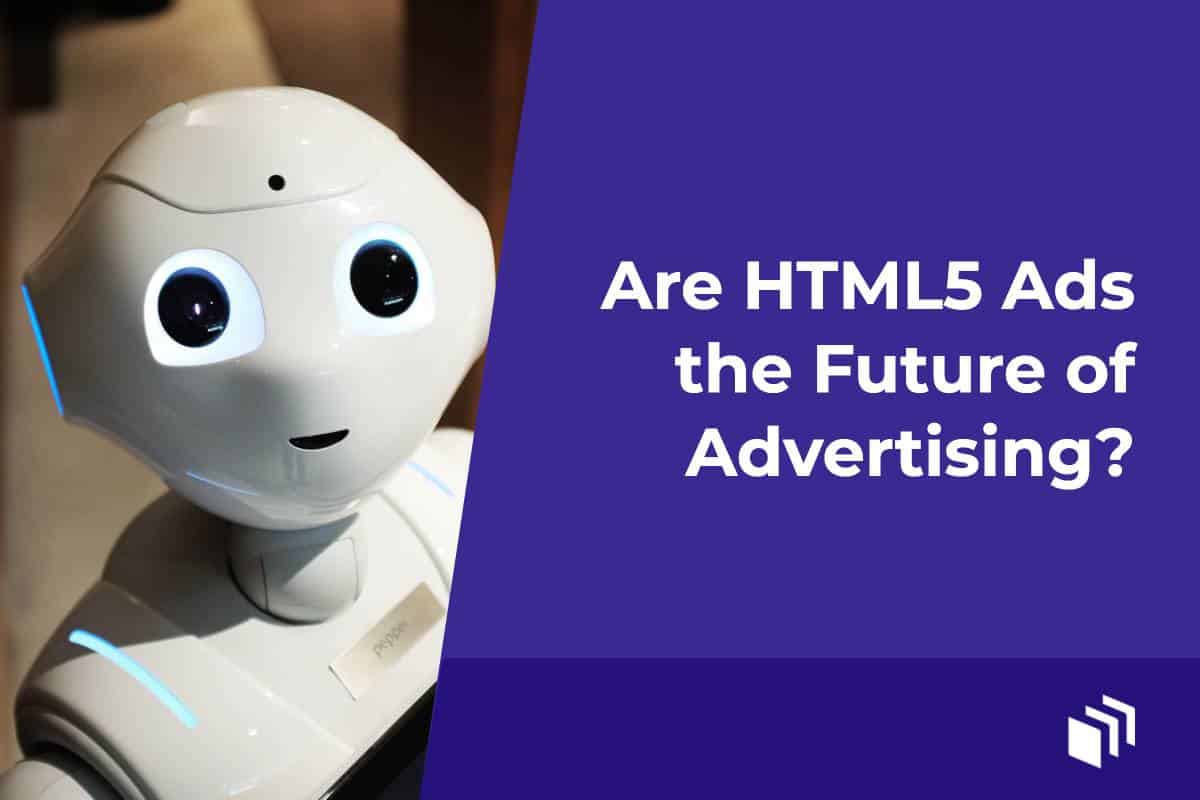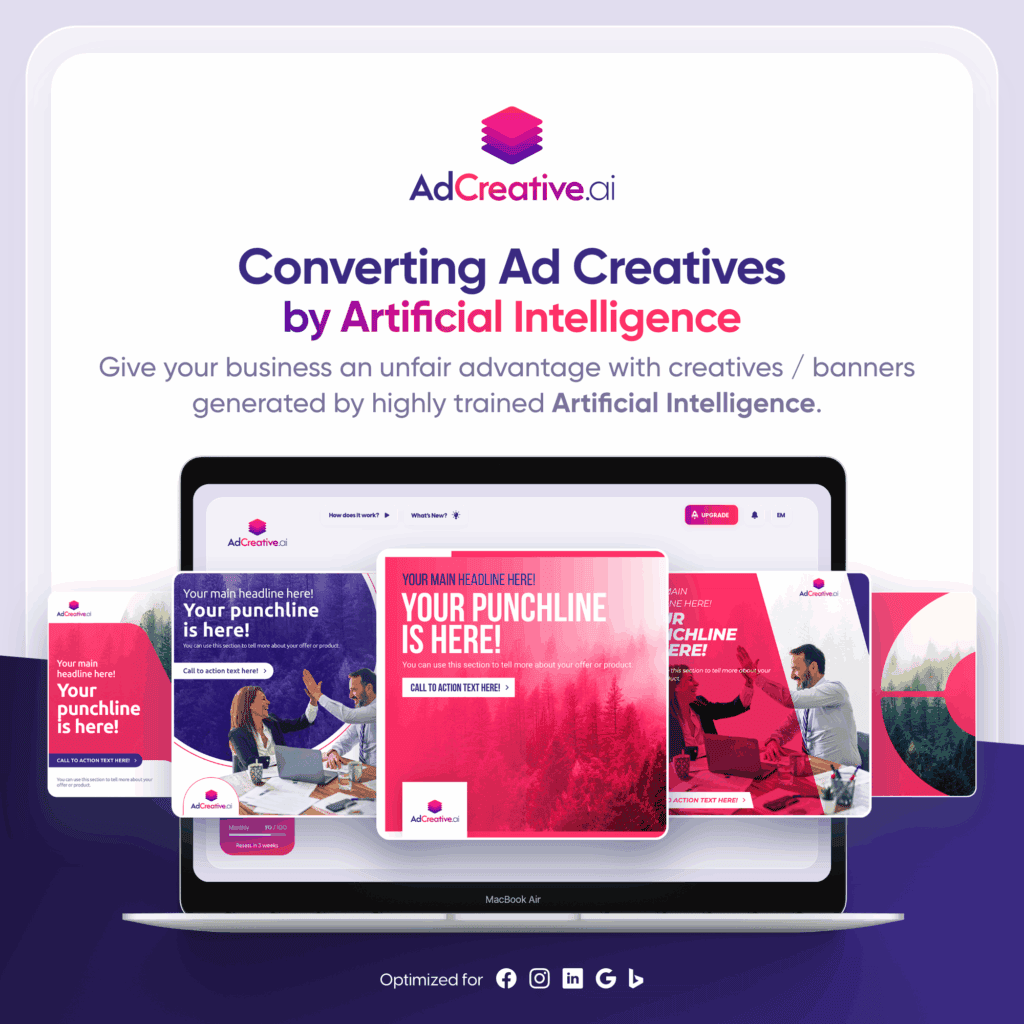Are HTML5 Ads the Future of Advertising?

In the past years, we have witnessed the demise of Flash ads. Once depended on to create animated ads, a new age has now been called in with HTML5 ads. But what can we expect to see now? Is the rapid rise of this new ad media anything to be suspicious of?
We’re going to find out.
The Problem With Flash Ads
Flash ads were initially used by designers wanting to include animations or interactions in their designs. However, it soon became renowned for having vulnerabilities which allowed attackers to easily infiltrate and take control of users’ computers.
Adobe was quick to resolve any identified problems. However, a system riddled with so many vulnerabilities could no longer be trusted by the biggest internet players.
Google stopped supporting Flash in 2015. Amazon banned it across all their sites, and Steve Jobs famously detested Flash ads and outlawed them on all Apple devices.
This meant that advertisers who had previously relied on Flash and AdWords would be forced to work with the tech giants of Google, Facebook, and others. This would spell bad news for publishers reliant on ad revenue to keep their businesses afloat and lead to a monopoly over ad choices for readers controlled by the tech giants.
What Are HTML5 Ads?
HTML5 (Hypertext Markup Language) is the format used by developers to code, structure, and present online content. Built on the same foundation, HTML5 ads are a single ad comprised of multiple files. This includes image and video components, and the .html source file.
Each ad contains a number of file links to the sources of images and videos. This includes all of the required code for animations and responsive/adaptive design.
Banner ads are the perfect example of how HTML5 can transform a user experience through interactive storytelling. Unlike Flash ads, HTML5 ads can be built with multiple points of engagement and activity. For example, you can create an animated banner ad complete with audio cues and moving objects to capture your visitor’s attention better and increase the chances of engagement.
Because HTML5 is part of the browser framework it can rely on the browser cache to load previously visited site banners and content rather than loading it separately each time. This means that your ads should load faster, although there is a caveat to this which we’ll discuss later.
The responsiveness of HTML5 ads is part of the reason why they are commonly hailed as the future of ads. They will look good across almost any browser, operating system, or device. As shocking as it may be, some businesses do still rely on Internet Explorer which is not able to support HTML5.
They also enable users to design banners with less processing power and fewer computer resources.
What Are The Disadvantages of HTML5 Ads?
As with all good things, there are some potential downsides to HTML5 ads compared with Flash.
While HTML5 ads can offer better performance through caching on your web browser, the flip side is that they are roughly five times larger than Flash ads.
This increased file size is in part because HTML5 is designed to function across virtually all browsers and operating systems. While this is a definite plus for audience usability, it requires multiple formats for video, image, and audio files (such as WAV versus MP3) to ensure compatibility with every browser and OS.
Another thing to be wary of is the complexity of your ad. Coding in HTML5 requires a significant amount of specialist skill. If not coded properly, your shiny new HTML5 ad will load slower than the old flash one. And if there is one thing site visitors hate, it’s slow-loading content.
You might as well wave goodbye to the prospect of a high-impact ad.
How To Get The Most Out Of HTML5 Ads
In order to realize the full ad potential of HTML5, there are two solutions to navigating the complexities of coding.
Some online ad creators use HTML5 as their canvas and they tend to offer a far more cost-effective solution to hiring a specialist coder. Arguably the most popular option is to use Canva to create HTML5 ads, and there are many others including Google Web Designer.
Another advantage of using HTML5 design tools to create your own ads is that it removes the need to test the design across various browsers. This responsiveness is one of the biggest selling points for design tools’ accessibility.
If you want to create a more complex HTML5 ad with custom animations, your best bet is to work with specialist HTML5 coders. They will be able to realize the full potential of your ideas and ensure that the ad is optimized for performance.
AdSanity can help you get the most out of your HTML5 ads. With powerful add-ons that allow you to measure performance data, set ad sizes, and clear image caches for optimal load times
Is HTML5 The Future of Advertising?
Many developers and advertisers are already seeing HTML5 ads as the future. Thanks to the creative possibilities afforded by layering different file types within a single ad there’s more flexibility. Whether it’s an image, video, animation, sound, or a combination of the above, it creates a more engaging user experience.
This is supported by a study on the effectiveness of display advertising from the Nuremberg Institute for Marketing Decisions. The study found animated banner ads (albeit Flash ads) attract more attention, create more favorability for the advertiser, and have far superior long-term engagement results than static or GIF ads.
HTML5 ads also enable data capture. This means that you have more metrics than just CTR (Click Through Rate) to measure ad effectiveness. This is a benefit to both publishers and advertisers. The metrics available reflect the multimedia nature of the ads. Metrics such as engagement rates, videos played to completion, mouse clicks, and more are availble.
Google provides a full list of metrics to track through HTML5 ads.
However, we would be wise to proceed with caution. It is easy to forget about the number of security vulnerabilities we experienced with Flash ads, and it should be noted that HTML5 ads are not foolproof.
Browsers are unable to play encrypted content, and therefore HTML5 ads are not encrypted. This means that the CSS, Javascript, and HTML5 files are accessible by users. There is always a chance that it may pose security risks down the line.
In the meantime, HTML5 ads are empowering more businesses to create higher quality, more responsive, and more engaging ad content than ever before.
So here’s to the future of HTML5!
We’ll be keeping an eye on its progression and reporting back on any significant updates in the future.
Ready to get started?
There are licenses available for all types of sites needs needs.
Find the AdSanity tier that is right for you.
Want to give AdSanity a try?
Find the plan that fits your site and jump in.
Ready to make your ads work for you?
Pick the plan that fits and get started.
Let’s get your ads running.
Choose the plan that works best for you and start today.
Time to take control of your ads.
Find your perfect plan and go for it.
Ready to Make Money With Your Site?
Get ads on your site in
60 minutes or less
with AdSanity.
With our 14-day money back guarantee, it’s easy to see if AdSanity is the right fit for you.
Tags
Popular Pro Add-Ons
Our Community
Join our mailing list to keep up to date on everything happening with AdSanity and Pixel Jar.
Note: Your email address will be added to our CRM and be used to receive emails from Pixel Jar. You can unsubscribe at any time.



